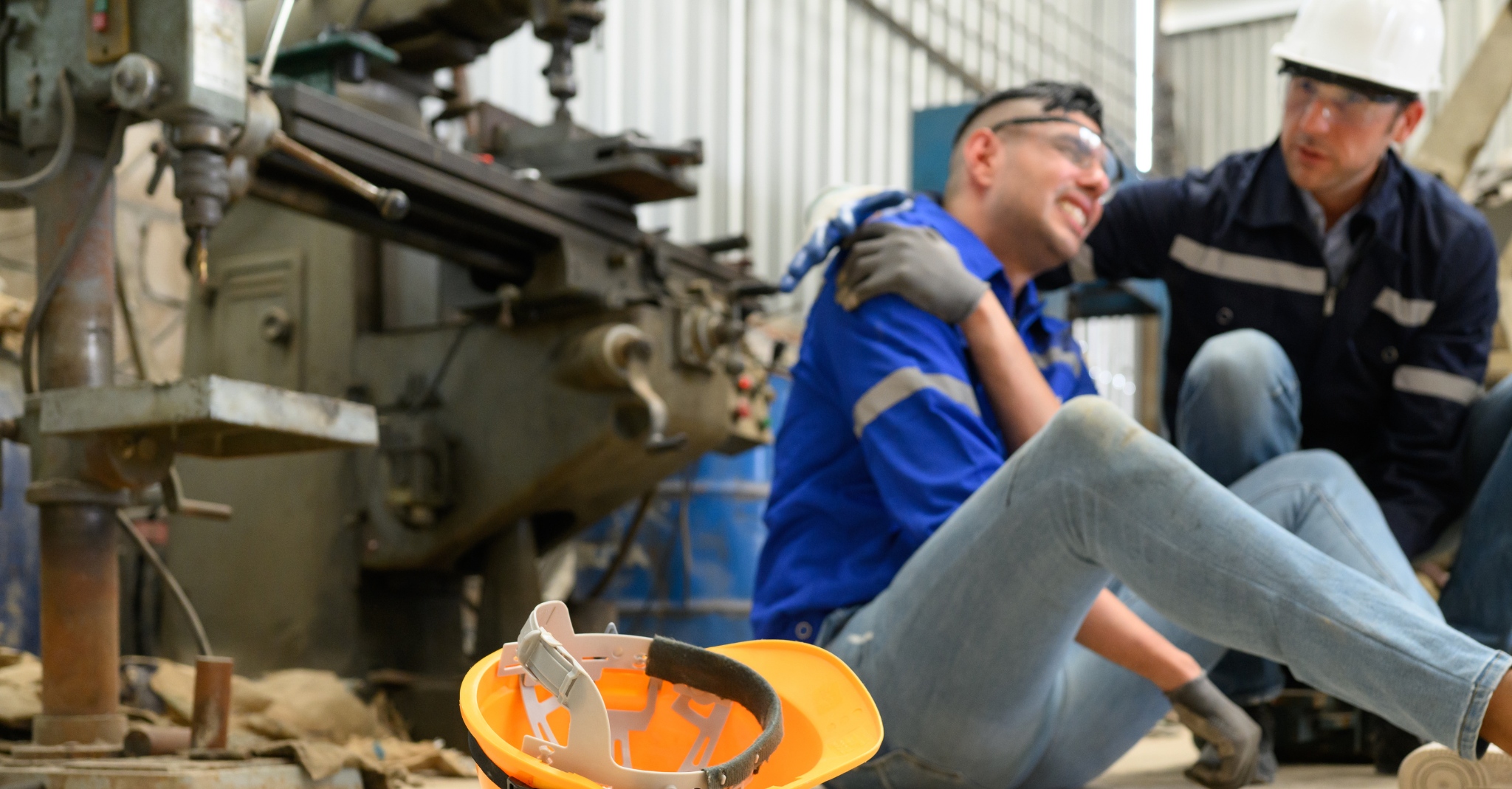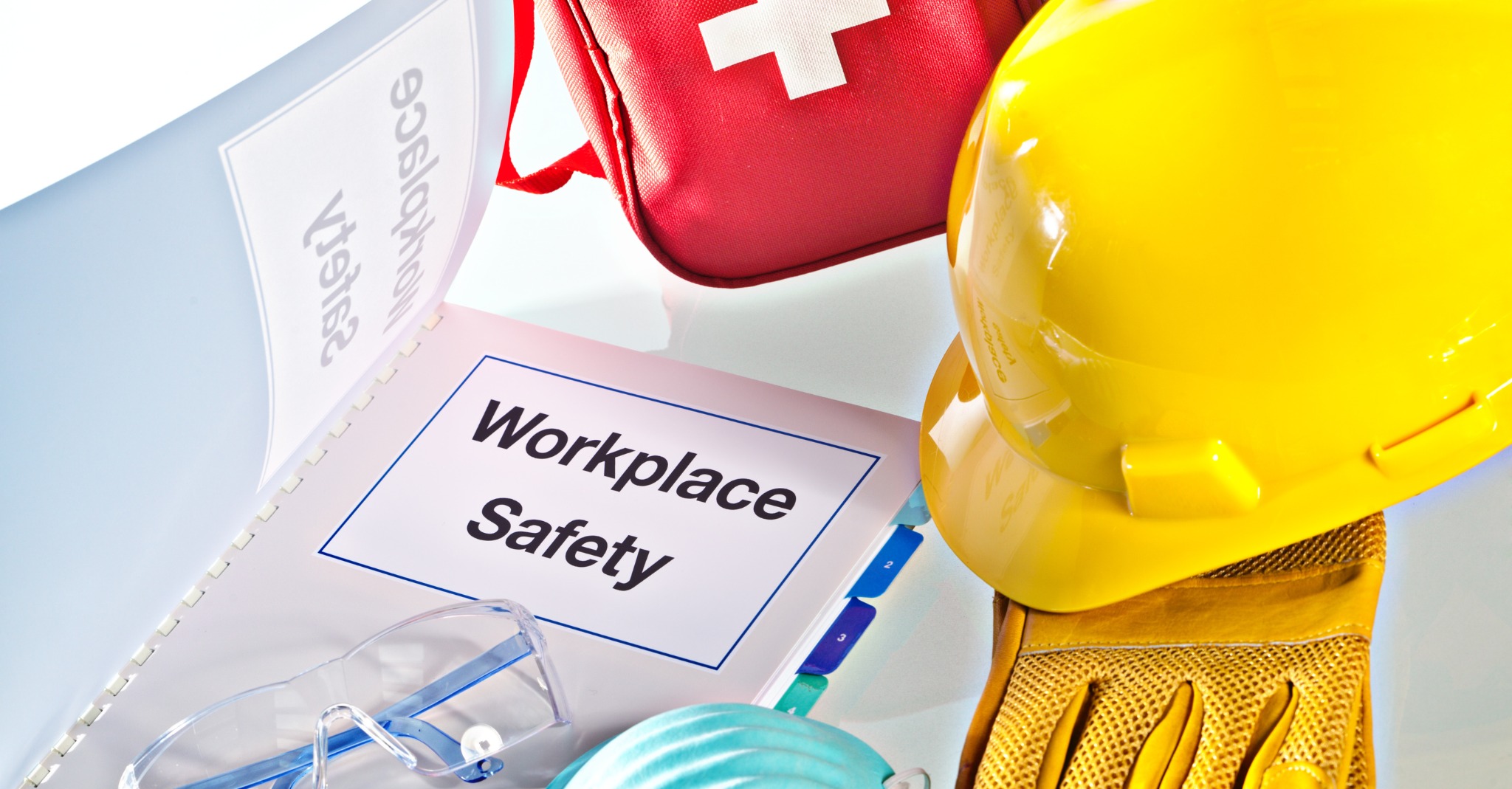Common Mechanic Injuries & How to Prevent Them
From slips to eye damage—see top workshop injuries and practical safety protocols, PPE, and software reminders to avoid them.

Working in an auto repair shop can be rewarding—but it also comes with real physical risks. Every day, auto mechanics handle heavy machinery, sharp tools, hot surfaces, and hazardous chemicals. Without proper safety measures, even routine tasks can lead to painful, costly, and sometimes career-ending injuries.
For auto repair shop owners, injury prevention isn’t just about protecting workers—it’s also essential for maintaining productivity, reducing liability, and building a responsible workplace culture. Understanding the most common mechanic injuries is the first step toward creating a safer environment for your team.
In this guide, we’ll explore the top injury risks in auto shops, what causes them, and how both smart shop management and digital tools—like auto repair shop software—can help reduce accidents and keep your team safe.
1. Most Common Workplace Injuries in Auto Repair Shops
Auto repair shops are full of physical challenges—and without the right precautions, injuries can happen fast. Here are some of the most common workplace injuries affecting auto mechanics today:
Cuts and Lacerations
Sharp tools, metal parts, and broken glass can easily cause cuts. Even minor injuries can become serious if not properly cleaned and covered.
Sprains and Strains
Lifting heavy tires, engines, or transmissions can strain muscles and ligaments. Poor posture or repetitive motion during repairs also leads to back, shoulder, or knee issues.
Burns
Mechanics often work around hot engines, exhaust systems, and fluids. Burns from hot surfaces or scalding liquids are common—especially when working quickly under pressure.
Eye Injuries
Flying debris, sparks, and fluid splashes are frequent causes of common eye injuries in the shop. Without proper eye protection, even simple tasks like grinding or brake repair can lead to permanent damage.
Hearing Loss
Long-term exposure to loud tools, compressors, and engines can slowly reduce hearing. This is one of the most overlooked injuries, even in busy shops.
These injuries can lead to downtime, medical costs, and long-term health issues. The good news? Most are preventable with the right training, equipment, and attention to auto shop safety.
2. Injury Risks by Task or Work Zone
Different repair tasks pose different risks. Recognizing which jobs cause which injuries helps auto shop mechanics stay alert and prepared on the job.
Tire and Suspension Work
Lifting tires or working under vehicles can lead to sprains, strains, or even crush injuries. Sudden movements or awkward postures increase the risk of muscle pulls or back pain.
Engine and Exhaust Repairs
Engines and exhaust systems stay hot long after the engine is off. Touching these parts too soon can result in thermal burns or hand injuries. There's also a risk of being struck by moving components during engine diagnostics.
Electrical System Repairs
Working on a car’s wiring, battery, or sensors involves risk of electric shock or arc burns. Poor grounding or improper procedures can increase this risk.
Fluid Handling
Mechanics often deal with brake fluid, coolant, motor oil, and fuel—all of which can cause skin irritation or chemical burns. Spills can also lead to slip-and-fall injuries.
Welding and Fabrication
Jobs involving grinding, cutting, or welding present a serious risk of eye damage, burns, and fire hazards. Even a quick welding job requires proper PPE and ventilation.
Each zone of the auto shop carries its own risks. With clear procedures and proper gear, auto repair shop owners can make each space safer to work in.
4. Safety Best Practices for Auto Mechanics
While injuries may seem like part of the job, most are preventable. A few simple habits can make a big difference in protecting auto shop mechanics from harm.

Always Use PPE (Personal Protective Equipment)
- Safety glasses or face shields for eye protection
- Mechanic gloves for cuts and burns
- Steel-toe boots to protect from dropped tools or parts
- Hearing protection in noisy environments
- Long sleeves and flame-resistant gear when welding or grinding
Use Proper Lifting Techniques
Many injuries come from lifting heavy parts like wheels or transmissions. Mechanics should:
- Lift with their legs, not their back
- Use hoists or jacks when possible
- Avoid twisting or sudden movements while carrying
Keep Tools and Equipment in Good Shape
Worn tools or faulty lifts can cause accidents. Regular inspections and maintenance reduce risks and keep the shop running smoothly.
Handle Chemicals with Care
Exposure to hazardous chemicals is a serious concern. Always:
- Read and follow warning labels
- Use spill kits for cleanup
- Store chemicals in properly labeled containers
- Ensure proper shop ventilation
Prepare for Emergencies
A fire extinguisher, first aid kit, and clearly marked exits should always be accessible. Shop staff should know where they are and how to use them.
By creating a strong auto shop safety routine, both mechanics and auto repair shop owners reduce risk and build a more professional work environment.
5. The Role of Shop Management in Injury Prevention
Preventing injuries isn’t just the technician’s job—it starts at the top. A proactive auto repair shop owner sets the tone for a safe, efficient workplace.
Build a Safety-First Culture
Encourage your team to speak up about safety concerns, report near-misses, and follow procedures. Make safety part of daily conversations, not just occasional training sessions.
Provide Ongoing Training
Even experienced auto mechanics benefit from refreshers. Offer regular workshops on lifting, PPE use, chemical handling, and common workplace injuries. Keep everyone updated on best practices.
Post Clear Instructions and Signage
Label dangerous areas, heavy lifting zones, and chemical storage. Use visual reminders to promote auto shop safety—especially for newer staff or apprentices.
Conduct Routine Safety Inspections
Inspect tools, lifts, and PPE on a schedule. Look for worn gear, oil spills, broken jacks, and other hazards. Preventing an issue is always cheaper than reacting to one.
Track Incidents and Improvements
Logging accidents, near-misses, and fixes helps you spot trends and measure progress. Over time, this data can shape smarter policies and reduce downtime.
When shop management takes safety seriously, the entire team is more likely to follow through. It’s not just good leadership—it’s good business.
6. How Auto Repair Shop Software Supports Safety
While protective gear and training are essential, digital tools can also play a powerful role in reducing risks. Modern auto repair shop software helps owners create a safer, more organized environment—without extra paperwork.
Smarter Scheduling to Prevent Fatigue
Overworking technicians increases the chance of errors and injuries. With digital scheduling tools, shop owners can balance workloads, avoid double-booking, and give techs enough time to complete jobs safely.
Equipment Maintenance Tracking
Poorly maintained lifts, jacks, or tools can lead to serious accidents. Shop management software lets you set reminders for inspections and log service records for all your essential equipment.
Digital Safety Checklists and SOPs
Some platforms allow you to upload safety protocols or add checklists to each repair order. This keeps important steps top of mind and standardizes safety practices across the team.
Visibility for Shop Owners
Real-time dashboards give owners insight into technician activity, job progress, and any recurring safety issues. This helps you take action before a small issue becomes a big problem.
Using tools like autoGMS, shop owners can streamline workflow, improve communication, and reinforce safety—without slowing down the business.
Conclusion
In the fast-paced world of auto repair, injuries can happen in an instant—but most are preventable. From eye injuries and burns to back strains and chemical exposure, auto mechanics face real risks every day. The good news? With the right safety habits, leadership, and tools, those risks can be reduced dramatically.
For auto repair shop owners, creating a safer workplace starts with proper training, smart shop layout, routine inspections, and clear communication. But it doesn’t end there—digital tools like auto repair shop software can add another layer of protection by helping manage schedules, track equipment, and promote best practices.
By prioritizing safety, you not only protect your team—you also protect your business.
Frequently Asked Questions
Ready to Transform Your Workshop Operations?
Join 1000+ successful auto workshops using autoGMS to streamline operations, reduce no-shows, and boost revenue.
Related Articles
Continue reading with these related posts

